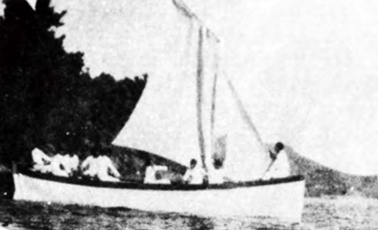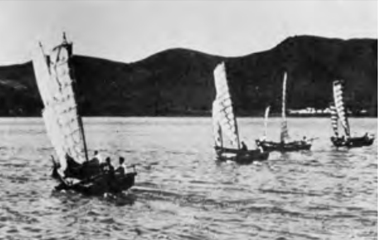HISTORY
History
Tongyeong in Gyeongsangnam-do where the history
of Korea cruise sailing began.


Admiral Yi Sun-sin's Turtle Ship and Korean Traditional Boats
The Turtle Ship spearheading naval battles to defend the Joseon Dynasty(Korean peninsula)
The Turtle Ship, also known as the first spearheading ships in the world, played a decisive role in leading numerous naval battles to victory of the Joseon Dynasty during the Imjin War, or a Japanese invasion from 1592 to 1598. Admiral Yi Sun-sin redesigned and transformed the Panokseon(a board-roofed ship), which was a main battleship of the Joseon navy, to the Turtle Ship.
The Turtle Ship was a naval fighter built by Korea’s own shipbuilding method and technology. It is made of sturdy pine trees with a thickness of more than 12cm and by using wooden nails instead of metal ones, easy to be rusted, in a shock-resistant method. Thanks to these favorable designs, the Turtle Ship was able to perform aggressive battle tactics by crashing and sinking enemy battleships.
It is known that there were two types of the Turtle Ship. One was called Tongjeyeong Turtle Ship which was 28.1m in length, 6.7m in height, and 9.5m in width and accommodated up to 160 people on board. There were ten oars, twelve cannon holes, and two doors on each side of the ship.
The other one was called Jeonla-Jwasuyeong Turtle Ship which was 20.24m in length, 6.1m in height, and 7.5m in width and accommodated some 130 people on board. The upper deck was covered with boards and awl knives to prevent the enemy from entering into the ship and to protect our soldiers from enemy’s shooting. There were eight oars, ten cannon holes, and two doors on each side of the ship. In addition, there were two canons on each side under dragon’s head installed, and ghost’s head sculpted and attached beneath them.
A Korean traditional fishing boat, Tongguming
Until the early 1980s, a Korean traditional fishing boat, Tongguming, was the most widely used for fishing. In the Joseon Dynasty, Tongguming with a length of 7m served as a spy ship to monitor enemy’s movements before main battleships were engaged in a fight because of its high speed and small size. A real Tongguming is displayed in the Tongyeong Fisheries Science Museum.